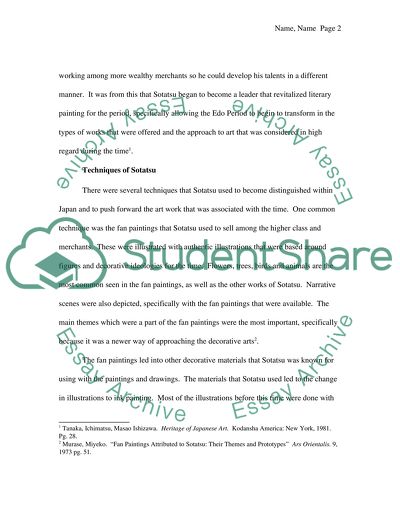Cite this document
(“Tawaraya Sotatsu Research Paper Example | Topics and Well Written Essays - 2250 words”, n.d.)
Retrieved from https://studentshare.org/family-consumer-science/1413875-tawaraya-sotatsu
Retrieved from https://studentshare.org/family-consumer-science/1413875-tawaraya-sotatsu
(Tawaraya Sotatsu Research Paper Example | Topics and Well Written Essays - 2250 Words)
https://studentshare.org/family-consumer-science/1413875-tawaraya-sotatsu.
https://studentshare.org/family-consumer-science/1413875-tawaraya-sotatsu.
“Tawaraya Sotatsu Research Paper Example | Topics and Well Written Essays - 2250 Words”, n.d. https://studentshare.org/family-consumer-science/1413875-tawaraya-sotatsu.


